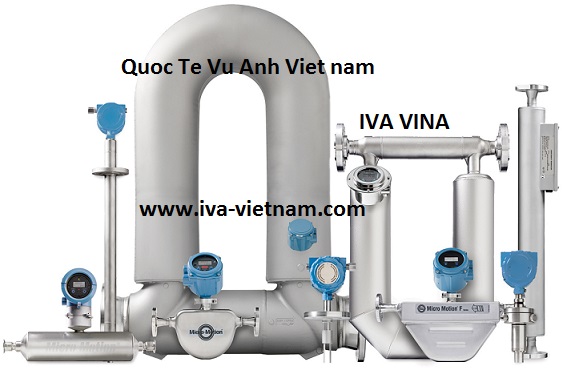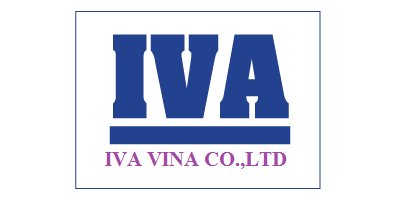|
FM-200® , chemically known as heptafluoropropane, is an alternative fire suppression system agent manufactured in the United States by Great Lakes Chemical Corporation. DuPont™ also manufactures heptafluoropropane (HFC-227ea) and markets to the fire protection industry under the trademark FE-227™ .It is a replacement for the ozone depleting Halon 1301 used extensively before 1994.
HFC-227eahas no ozone depletion potential. Its ODP is zero. HFC-227eahas found by leading toxicologists to be safe for use when people are present. Just as with Halon 1301, people can be exposed to normal extinguishing concentrations of without any fear of health problems.
FM-200® is a colourless, liquefied compressed gas. It is stored as a liquid and dispensed into the hazard as a colourless, eclectically non-conductive vapour that is clear and does not obscure vision. It leaves no residue and has acceptable toxicity for use in occupied spaces at design concentration. FM-200® does not displace oxygen and therefore is safer for use in occupied spaces without fear of oxygen deprivation.
FM-200® is chosen to protect occupied areas such as computer rooms and now the fast expanding telecommunications market. Its low extinguishing concentration of seven percent by volume for Class A risks, its high level personnel safety and absence of toxicity makes it a very attractive option. Very little cylinder storage space is required which can be an important consideration in city centre sites where floor space is at its most expensive.
Perhaps most in FM-200® favour though is the fact that it out performs the majority of other gaseous systems in terms of speed of reaction to fire. FM-200® is effective within 10 seconds of initial discharge. FM-200® has some significant advantages over other alternative agents. The rapid discharge time means that there is rapid knockdown of flame and the fire is rapidly extinguished. The amount of damage, toxicity effects and decomposition products of combustion are minimised. The safety percentage factor between the design concentration and toxicity levels is the largest margin of any fixed gaseous extinguishing systems and conformity exceeds that of Halon 1301.
Benefits and Features :
Fast & effective
No significant reduction in oxygen levels
Clean gaseous agent leaving no residue
Zero ozone depleting potential
Low global warming potential
Short atmospheric life span
Electronically non-conductive
Safe for use in fully occupied areas
Minimal storage requirement
Versatile range of containers, nozzle and ancillaries
Extensively tested, recognised and approved worldwide
Effective on site installation
Disadvantages
Some Global Warming Potential
Forms minimal decomposition products
Higher agent cost
FM-200 is used for:
• Telecommunication Facilities
• Computer Operations
• Control Rooms
• Compressors and Pump Stations
• UPS Facilities
• Medical NMRI and CT Scan Facilities
• Shipboard (Marine) Systems
• Rare Book Libraries
• Military Vehicles
• Airplane lavatories
• Paint Mixing Rooms
• Hazardous Manufacturing Areas
• Textile Plants
• Offshore Drilling Rigs
• Universities and Museums
• Art Galleries and Historical Collections
• Record & Storage Facilities
• Petrochemical Installations
• Pharmaceutical & Medical Facilities
• Electronics & Data Processing Equipment
• Telephone Switches
• Facilities where water damage must be avoided at all costs
FM-200 is the preferred fire suppression system for facilities that can't afford fire related business interruption. It is non-toxic on people.
The FM-200 extinguishing agent is typically stored in cylinders or spheres. It is delivered to nozzles through a system piping network. Smoke detectors sense the presence of fire in the protected facility. The detection and control panel then sounds an alarm, shuts down air handlers, disconnects power from the protected equipment, and then releases agent into the protected area.
FM-200 fire suppression systems: more advantages
In a typical system the extinguishing agent is typically stored in cylinders or spheres. It is delivered to distribution nozzles through a system piping network.
Critical to the functioning of the system is the fire detection and control network. Typically smoke detectors sense the presence of fire in the protected facility. The detection and control panel then sounds an alarm, shuts down air handlers, disconnects power from the protected equipment, and then releases agent into the protected area.
At Iva Vietnam Co. we make use of the Fike Intella-Scan Fire Detection Control Panel to control the release of agent. The Intella-Scan II control system uses both intelligent addressable analog sensors and centralized decision making to virtually eliminate false alarms and unwanted agent releases. The sensors report environmental conditions on a real-time basis to the control unit where the microcontroller makes the ultimate alarm decision. And the control panel is modular to allow you to add on to the system as your requirements change over time.
Assembling all the components together into a workable system optimized for your facility is the work of trained fire protection engineers. At Iva Vietnam Co. our engineering group will design your system, prepare shop drawings, flow and battery calculations, and provide you the hard data you need to rest assured in the confidence of a well designed fire protection system.
and available from Iva Vietnam on all halocarbon and inert gas systems.
|
 Hướng dẫn mua, sử dụng máy bơm công nghiệp, bơm cứu hỏa, bơm xăng dầu
Hướng dẫn mua, sử dụng máy bơm công nghiệp, bơm cứu hỏa, bơm xăng dầu

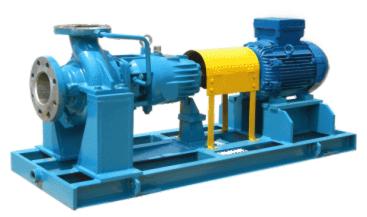




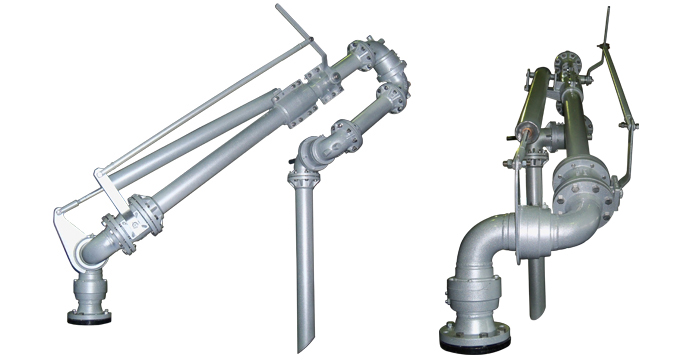
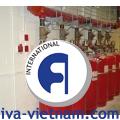
![header=[CO2 Automatic Fire Suspension System] body=[<div align='justify' style='height:200px;'><img src='http://iva-vietnam.com/watemark.php?pic=CO2 fire system.jpg' width=200px hspace = '10' align='left'></div>]](http://iva-vietnam.com/watemark.php?pic=CO2 fire system.jpg)



